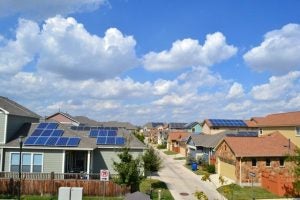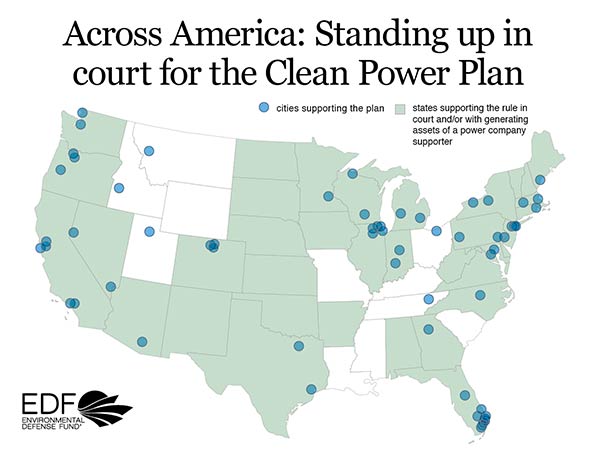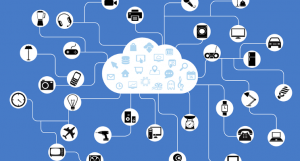 Distributed resources – like residential solar, storage, and electric cars – are becoming more mainstream every day. This presents new challenges for utilities and utility regulators who are struggling to capture their benefits, while balancing shareholder interests and reliability.
Distributed resources – like residential solar, storage, and electric cars – are becoming more mainstream every day. This presents new challenges for utilities and utility regulators who are struggling to capture their benefits, while balancing shareholder interests and reliability.
To help utility commissions around the U.S. navigate the challenges, considerations, and policy developments related to the emergence of distributed energy resources, the National Association of Utility Regulators Association (NARUC) board of directors accepted a rate manual written by its staff subcommittee at its annual meeting. The Distributed Energy Resource Compensation Manual supports a deliberate, reasoned approach to making rate design changes by providing practical guidance to its members. Read More










 President-Elect Trump has repeatedly
President-Elect Trump has repeatedly 
 When you prepare the Thanksgiving meal, do you ask each person to make a dish of their choosing, with no coordination for an overall cohesive meal? Probably not. Most likely, you plan, because you want everything to fit together.
When you prepare the Thanksgiving meal, do you ask each person to make a dish of their choosing, with no coordination for an overall cohesive meal? Probably not. Most likely, you plan, because you want everything to fit together.
 Co-authored by
Co-authored by